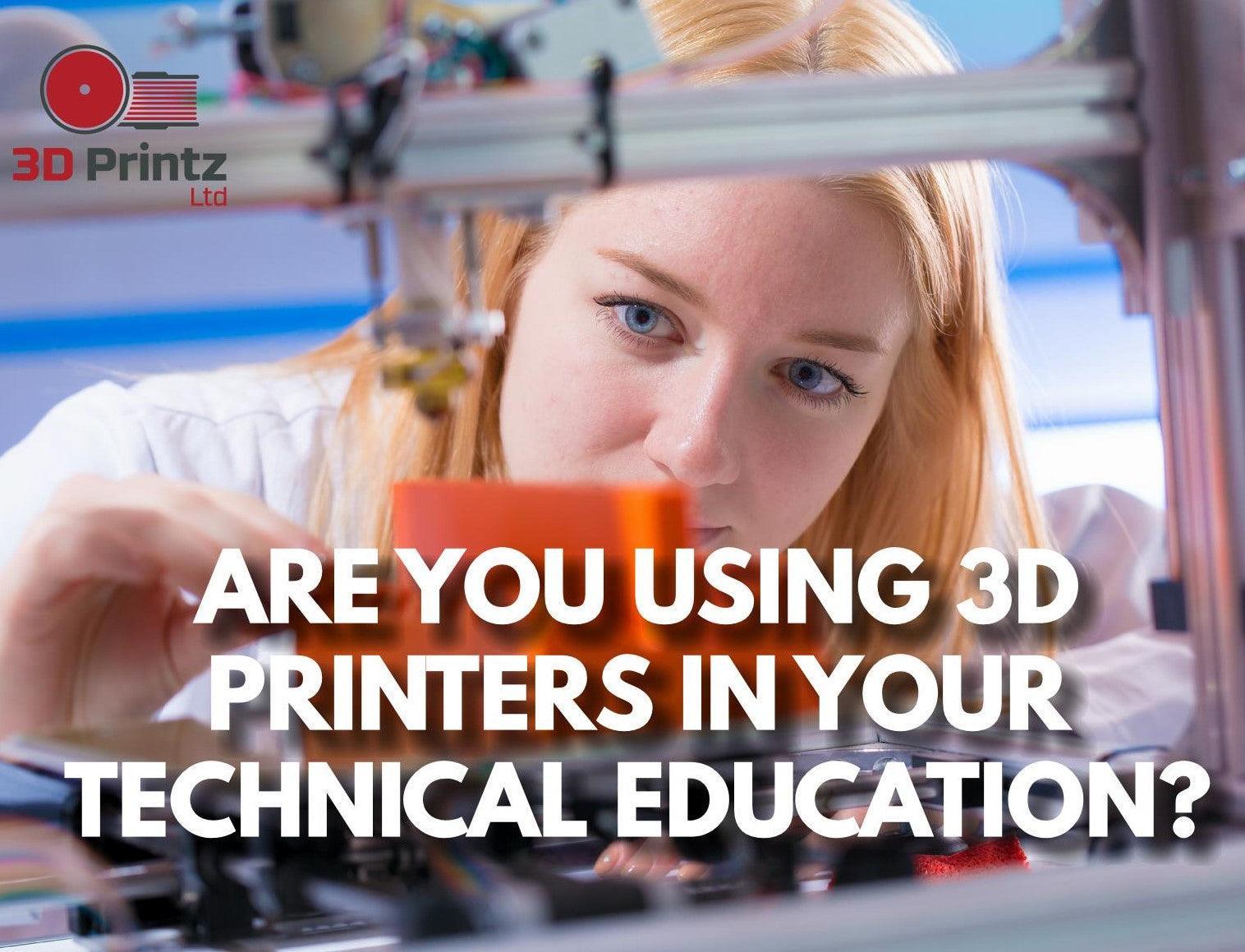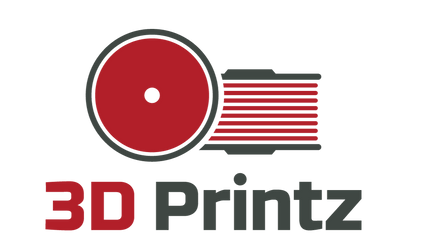
3D Printing in Education: Its Use and Benefits
3D printing is a rapidly growing technology that has a significant impact on the world of education. It is a process of creating three-dimensional solid objects from a digital file. With the growing popularity of 3D printing technology, it is quickly becoming an essential tool for students and educators in schools and colleges. In this blog, we will discuss the use of 3D printing in education and its benefits.
Uses of 3D Printing in Education
-
Hands-on learning: 3D printing provides students with hands-on experience in the design, creation and engineering processes. Students can use the technology to create prototypes, models and projects, which help them to better understand complex subjects and develop critical thinking skills.
-
Design and prototyping: 3D printing can be used in engineering, architecture and design courses, where students can create prototypes of their designs, test them and make improvements.
-
STEM Education: 3D printing is a great tool for STEM education. It provides students with the opportunity to learn about science, technology, engineering, and mathematics by creating and designing objects that can be printed.
-
Art and Design: 3D printing can also be used in art and design courses, where students can create sculptures, jewellery, and other objects with intricate designs and shapes.
Benefits of 3D Printing in Education
-
Enhances creativity: 3D printing technology provides students with the freedom to design, create and experiment with their ideas, which enhances their creativity and problem-solving skills.
-
Improves critical thinking: With 3D printing, students can experiment with different design possibilities and test their theories, which helps them to develop critical thinking skills.
-
Encourages collaboration: 3D printing can be used in group projects, where students can collaborate on a common goal. This fosters teamwork and communication skills and helps students to learn from one another.
-
Makes education more accessible: 3D printing technology can make education more accessible, particularly for students with disabilities, who can benefit from custom-made aids and tools.
In conclusion, 3D printing is a valuable tool for students and educators in schools and colleges. It provides students with hands-on experience, enhances creativity and critical thinking, encourages collaboration, and makes education more accessible. With the continued growth of this technology, it is likely that 3D printing will become an increasingly important tool for students and educators in the future.

Leave a comment